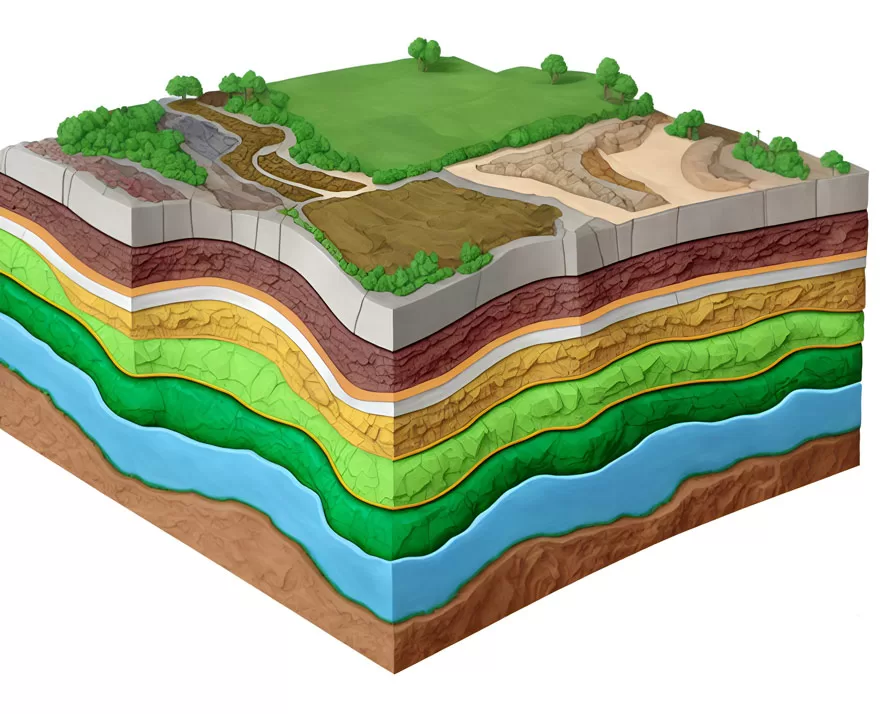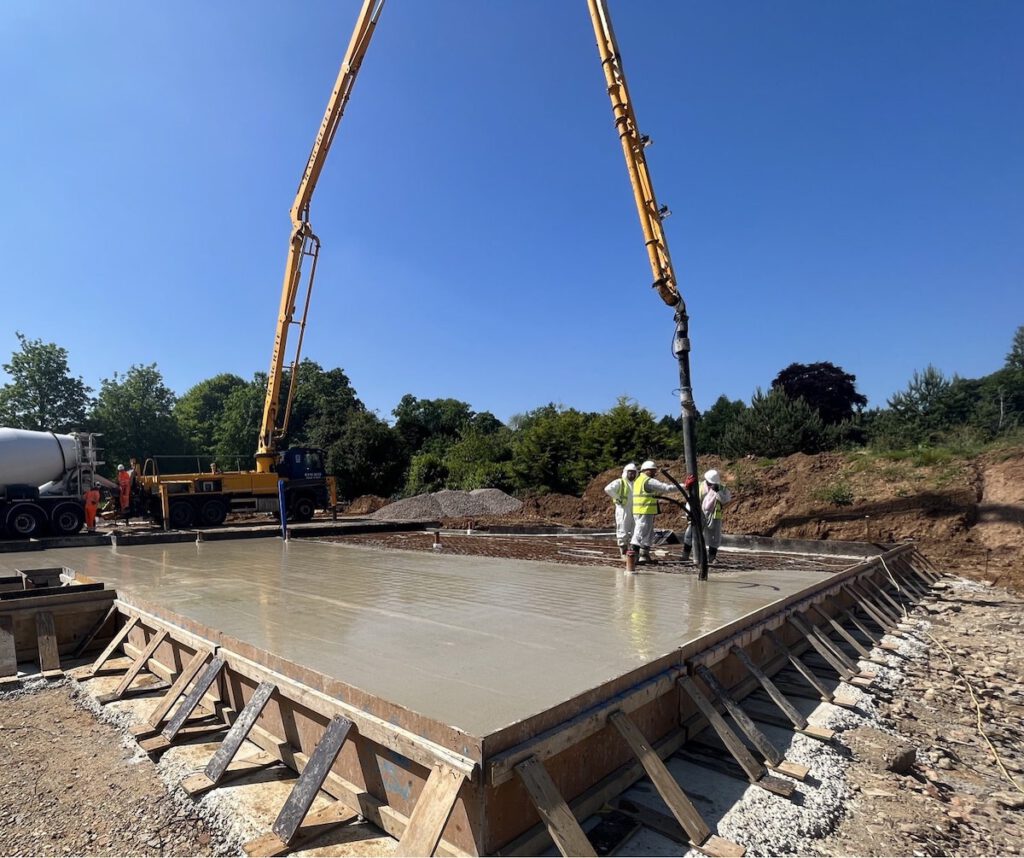Geotechnical Assessments
SPEEDECK use a targeted approach to gathering data, studying geological maps and the building of a ground model to ascertain the optimal foundations schemes for each plot across the site.
Why do you need a Geotechnical Assessment?
The ground contains many risks and unknowns. By carrying out Geotechnical assessments we are reducing these risks by gaining a greater understanding of the geological, hydrological and potential ground contaminates across the profile of the project area. These factors have a direct impact of the proposed foundation solution for each new structure.
Many house builders and construction contractors are unaware of the dangers that geotechnical challenges such as dissolution features can cause, an assessment can find these issues early on and design can accommodate these issues.

Performing a Geotechnical Assessment
Our 5 stage approach;
Desk Study & Review of site Investigation
Our geotechnical engineer will firstly spend time to gain an understanding of the history of the site along with its former uses and the newly proposed development/changes of use.
Once the initial overview is completed we would look to determine a preliminary risk rating by understanding the following key areas; geology across the proposed development area, identify any know “local” risks within the subsoils such as solution features, initial assessment of soil characteristics (swelling/shrinkage), Identify if the location is within a known flood zone, along with any obvious restrictions of the site.
Whilst completing our desk study and review of information our geotechnical engineer will identify if the current information is sufficient or make further recommendations for further site testing.

Ground Conditions
From the site investigation along with local geological maps our geotechnical engineers will start to analyse the soil characteristics of the site, mapping any noticeable changes.
From the trial pit and borehole information provided we will start to understand the soil parameters at depth along with the strengths of the soils and groundwater levels.

Tree Influence & Heave Precautions
For each and every scheme our team of geotechnical engineers carry out a detailed assessment of the soils and map the influence of existing and previous tree zones in relation to the proposed foundations for the new structure.
Ground heave is the upward movement of the ground usually associated with the expansion of clay soils which swell when wet. As the soil generally cannot expand downwards or sideways, the result is that the exposed upper surface of the soil rises up. The impact of subsidence is opposite to the effect of heave, and is where soil is unstable and sinks downward, or settlement which is caused by the weight of a building.
The most common cause of ground heave is associated with trees which have died or been removed. As the root network no longer draws water from the subsoil, water accumulates in the ground, resulting in swelling that can move building structures upwards.

Contamination & Ground Gases
For each project our engineers identify the type of structure and its intended purpose use by applying BS8485 which provides a method for categorising buildings into one of four types. Once categorised we carry out a detailed assessment of the presence of any ground gases or contamination within the subsoils from the site investigation provided to determine the level of gas protection required to each individual foundation.
BS8485 states that “when the minimum gas protection score has been determined for the building as a whole, or for each part of the building, then a combination of two or more of the following three types of protection measures should be used to achieve that score:
- The structural barrier of the floor slab, or of the basement slab and walls if a basement is present
- Ventilation measures; and Gas resistant membrane.

Build a ground model
Our in-house Geotechnical Engineers integrate various site and engineering information to build a fully representative Geotechnical Ground Model.
The Geotechnical Ground Model is a fundamental activity for all our Geotechnical Projects and is an essential tool for engineering quality control and for identifying project specific geotechnical risks and issues. Geotechnical parameters for use in design are also derived taking an approach intended to provide an efficient yet robust solution.
In our specific case, the Geotechnical Ground Model is an approximation of the site-specific geological conditions created for the purposes of providing a suitable foundation design to meet our clients’ requirements.
Initially our Geotechnical Engineers draw upon any site-specific reports and intrusive investigations provided to us, alongside their own desk top study research and extensive knowledge of the UK geology.
Once the initial model is built, we are able to engineer a likely foundation solution with the aim of providing cost certainty. If any gaps or unresolved issues are identified within our Geotechnical Ground Model we will explore the options of further testing with our clients to ensure a comprehensive understanding of the ground to enable minimal risk, cost effective and cost certain foundation designs.
Our Geotechnical Ground Model is a live and up to date state of knowledge on the ground conditions which evolves to mitigate risk and offer the most efficient geotechnical foundation solutions to save both time and money for our clients.

Strategic definition & Concept Design
Geotechnical assessments are part of our concepting solutions

Geotechnical Assessments
A study of the site investigation information along with geological maps enables our engineers to build ground models that identify the risks and opportunities within the soil profile across the site.

Further Site Testing
There are financial opportunities to be gained by carrying out further site testing. When such an opportunity exists our engineers will specify and undertake such testing.

Structural Assessments
Our in-house team of structural engineers assess the type and load of the superstructures to facilitate the optimal structural foundation design.

Construction Review
A key consideration to our proposal is build-ability, by accessing site constraints along with other site activities we apply a coordinated approach to ensure realistic deliverables are proposed.






